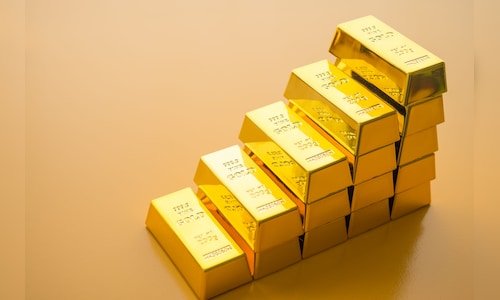The primary reason?
Upcoming state elections in Maharashtra, a key hub for gold manufacturing, are likely to impact purchasing patterns significantly.
Mehta explains, “One thing which will happen — Maharashtra’s state elections are expected in November. The Code of Conduct will be declared soon, leading to a substantial decrease in demand, especially in Maharashtra. With this being a major manufacturing hub, supplies to other cities will also be affected.”
This year, the rise in gold prices, which have surged by approximately 30%, will also play a crucial role in curbing demand.
Mehta predicts a 12-15% drop in demand during Diwali.
This could escalate to 15-20% if elections are announced early.
However, he clarifies that while volume demand may fall, the value of gold sales will remain stable due to high prices.
International market dynamics
On the international front, Mehta sees a support level for gold at around $2,597 per ounce.
He notes a concerning trend: Despite geopolitical tensions, including the recent conflict between Iran and Israel, gold prices failed to surpass the previous high of $2,686 per ounce.
“On the day of the missile attack, the highest gold price was only $2,673 per ounce,” he reveals.
This suggests a hesitancy in the market to push prices higher amidst uncertainty.
If the situation escalates, Mehta believes that a breach of the $2,686 per ounce mark could lead to gold reaching $2,732 per ounce within days.
Domestic demand and import trends
Mehta projects a 5-7% decrease in gold imports in October due to recent price spikes.
Interestingly, sales in tier 2 and tier 3 cities are performing better than those in major tier 1 cities.
Mehta notes, “A lot of organised players have ventured into these smaller cities, while big cities are lagging behind in the organised market.”
Looking ahead, Mehta warns of a 7-8% drop in demand for the entire calendar year 2024.

